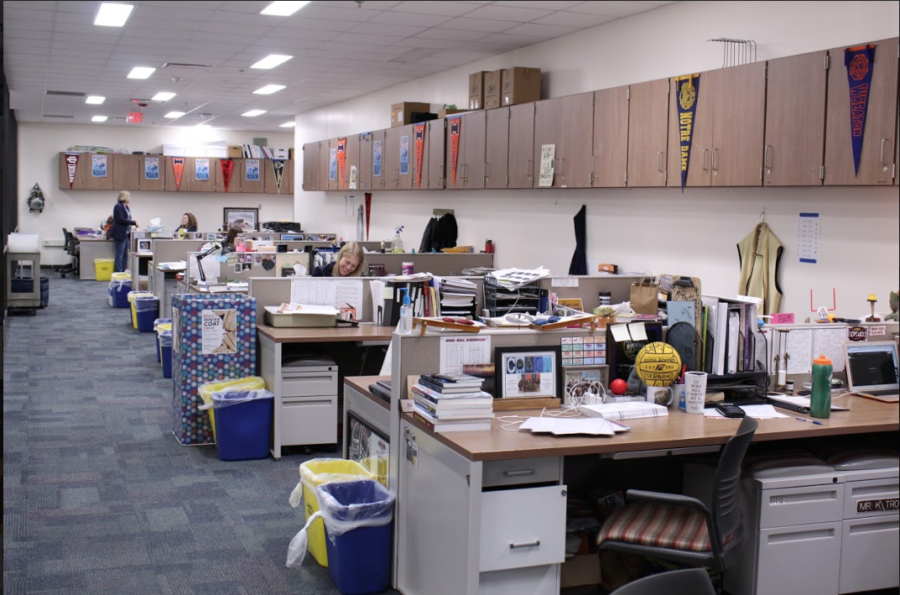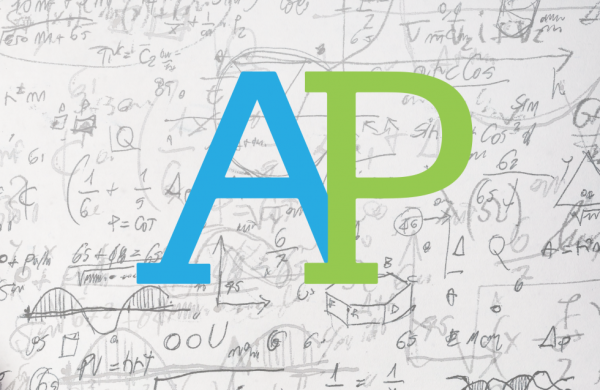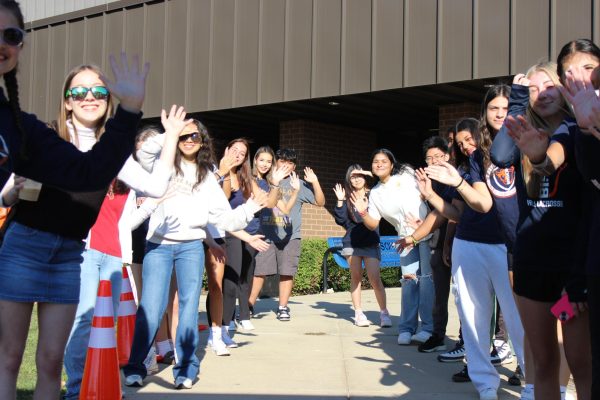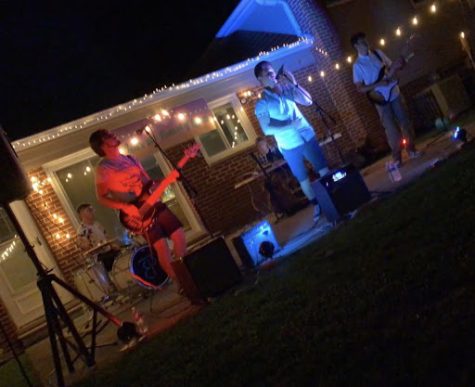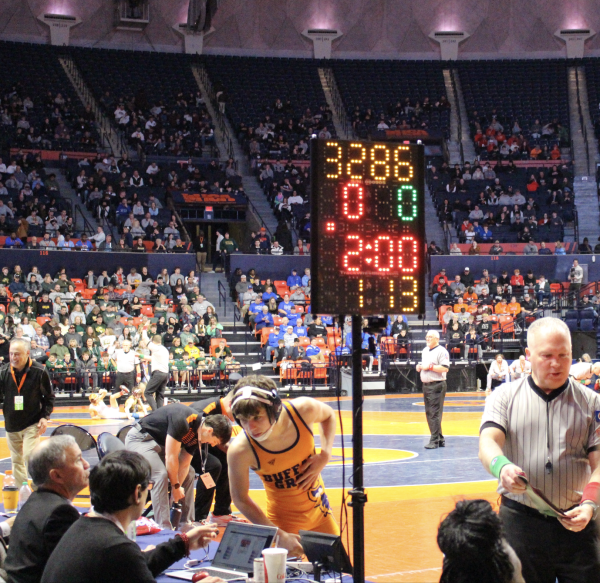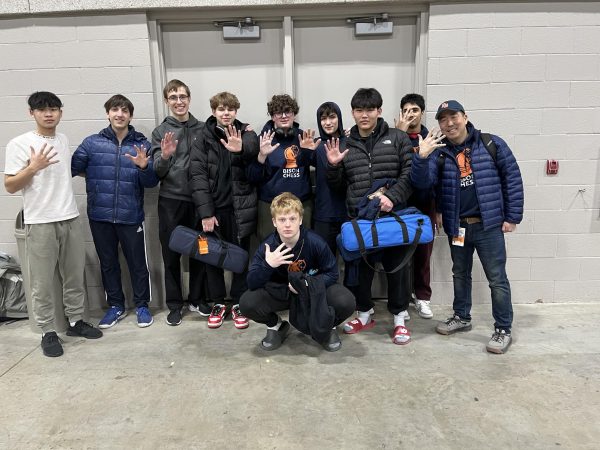BG reflects on decade of rapid transformation
Over the course of a decade, people and environments change exponentially. The 2010’s will be looked upon throughout history as a time period in which many changes in the way we live our lives occured. In many ways, BG is a microcosm of such changes happening over a short amount of time.
Physically, the building itself has altered dramatically. Construction projects brought a new pool, a fine arts wing, an upgraded social science and math and science resource area in the last several years.
“We did a lot of remodeling to help develop the student-teacher connection,” math teacher Jennifer Schoffstall said. “We definitely have more access to help with students with the Lit Lab and upgraded resource room.”
The school also saw leadership change in 2013-14, when principal Carol Burlinski retired from her role. Current principal Jeff Wardle took over her position, and began to implement new policies that continued to work towards bringing the student body closer to their teachers and administrators.
“A lot of other high schools are realizing that the way we always did things wasn’t working,” Wardle said. “At BG, we’ve tried to tailor and change what we do to accommodate our students. It’s been fun to be an innovator.”
Among the most notable additions to occur over the past decade is the district-wide measure of career pathways. Curriculum has shifted towards classes that emphasize student interest and future employment opportunities. These range anywhere from gaining education in fields such as engineering and law to certification in construction.
“One of the biggest things that has changed over the time I’ve been at BG is the focus on careers rather than the traditional core classes,” senior Anthony Makuch said. “Also, the focus on careers that don’t involve college.”
Such programs have integrated high school classes with colleges, a trend that has expanded throughout the decade. For example, BG partners with institutions such as Harper College and Eastern Illinois University to allow students to earn college credit before they leave high school.
“When I was a freshman I heard little to nothing about these options, and as time has gone on I hear about them once a week,” Makuch said.
As career pathways have expanded across the district over the past several years, structural upgrades have occurred at BG to accommodate them. This includes completely repurposing old rooms during construction projects.
“The law and equity pathway has the look and feel of a courtroom. The health pathway looks and feels like a hospital room,” Wardle said. “I think in the future we’re going to continue to see the individualization of classes.”
This pathway focus continues to propel these expansions. The greater integration of students’ interests and their schedules extends to the cultural shift in the school itself. BG has started to expand the ideology of “One BG” as a way to communicate that different sections of the student body shouldn’t be split between interests or grade level. Also introduced, the Interact and “BG Gives Back” days attempt to build upon a sense of unity by introducing common causes among the student body.
Projects like peer counseling and the expansion of student-to-student tutoring programs have also been introduced in order to bridge the divide amongst students. As have the concept of the Harbor Day, a school-mandated effort to allow students to participate in school-wide discussions that focus more on social norms than academic matters.
As the decade concludes, it’s clear that BG is a high school that looks monumentally different than it did at the beginning. The changes the decade has produced has changed the school, not only physically, but also culturally. Looking ahead, staff members believe that the next decade will similarly bring change.
“I think the future looks great,” Schoffstall said. “We’re always trying to change things to make [BG] more of a home for students.”

